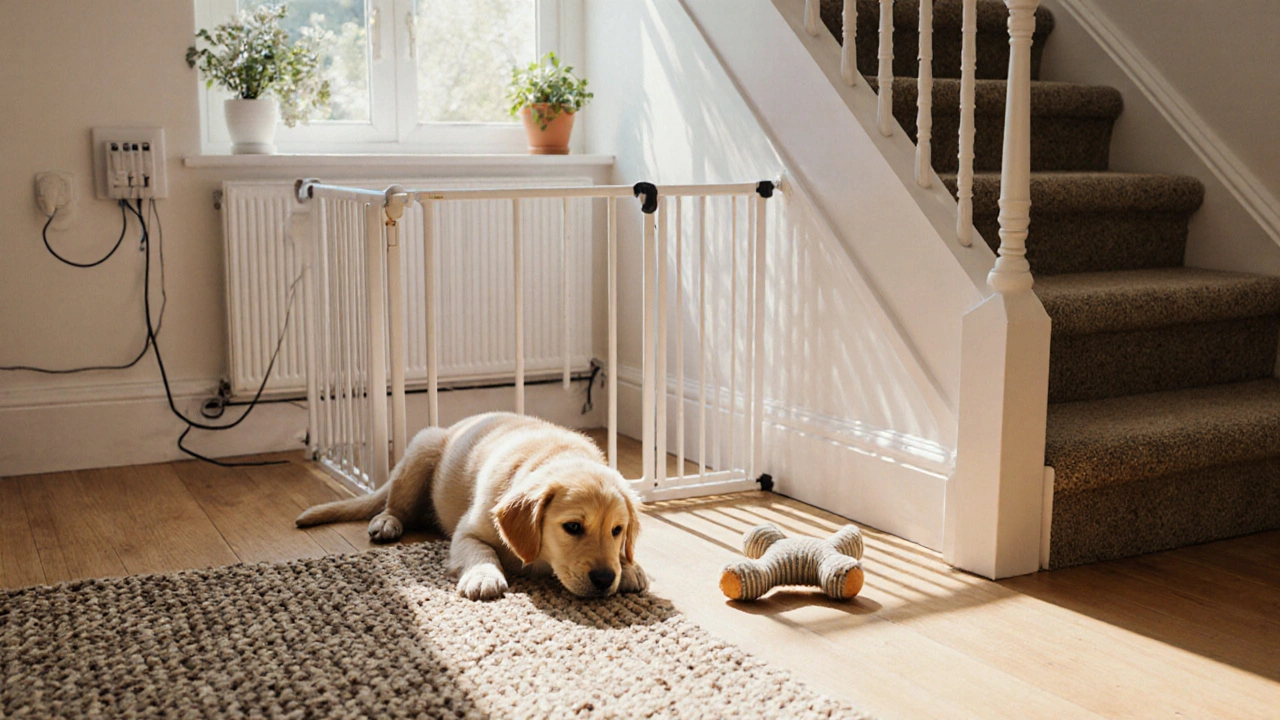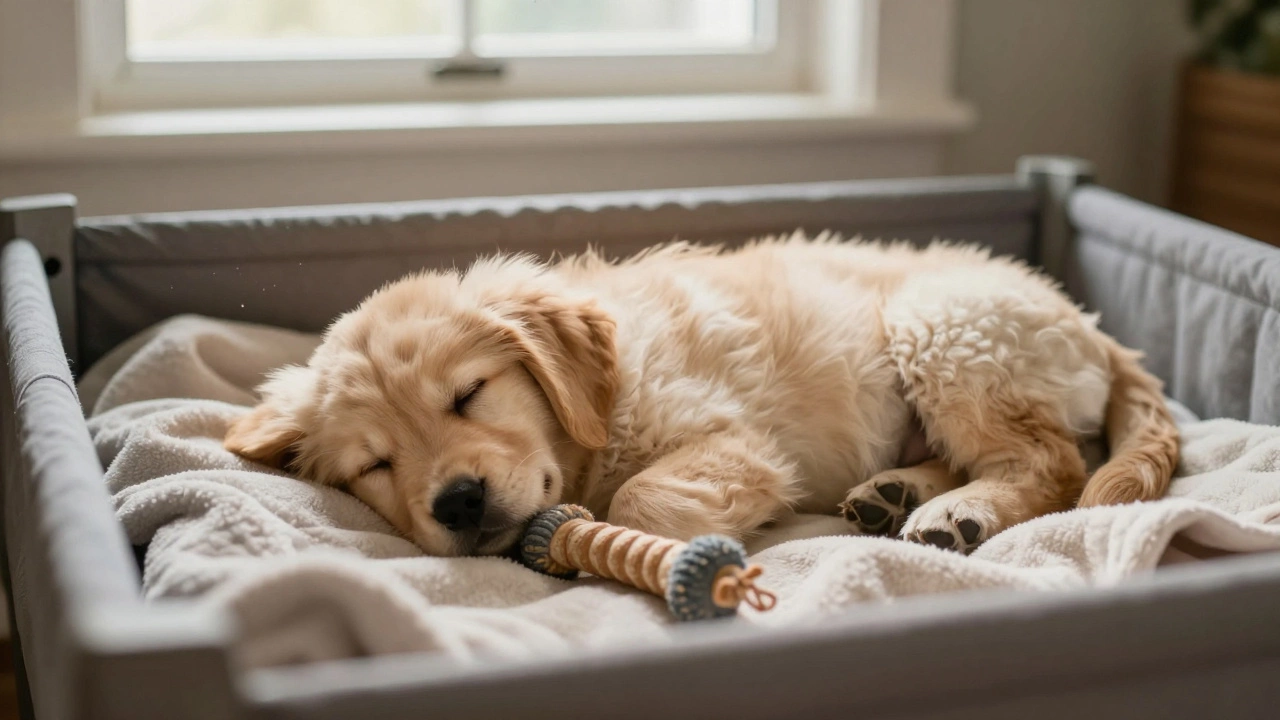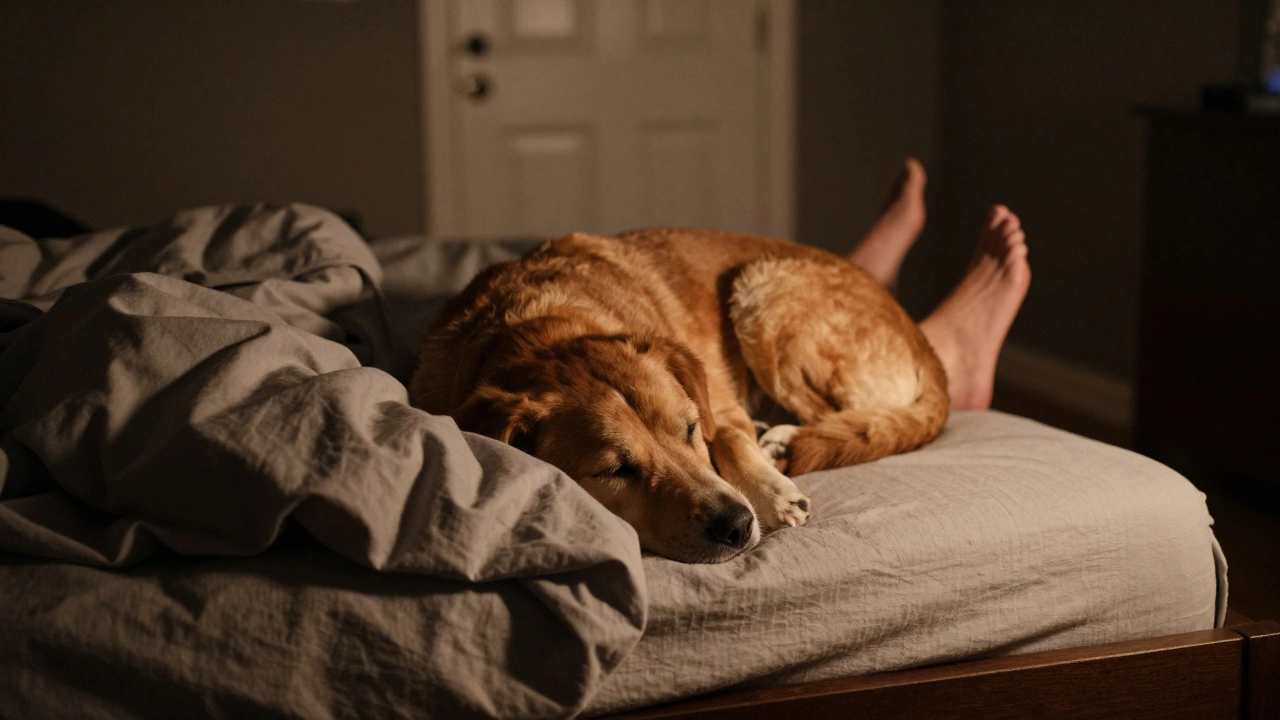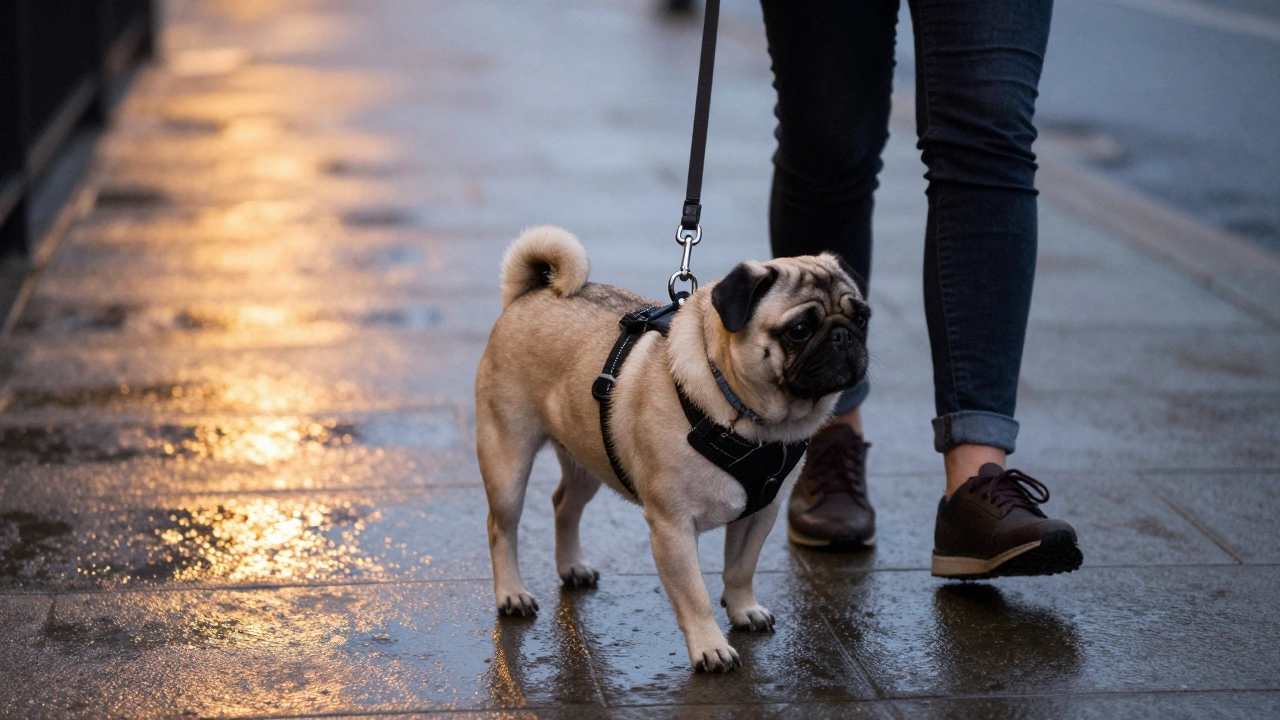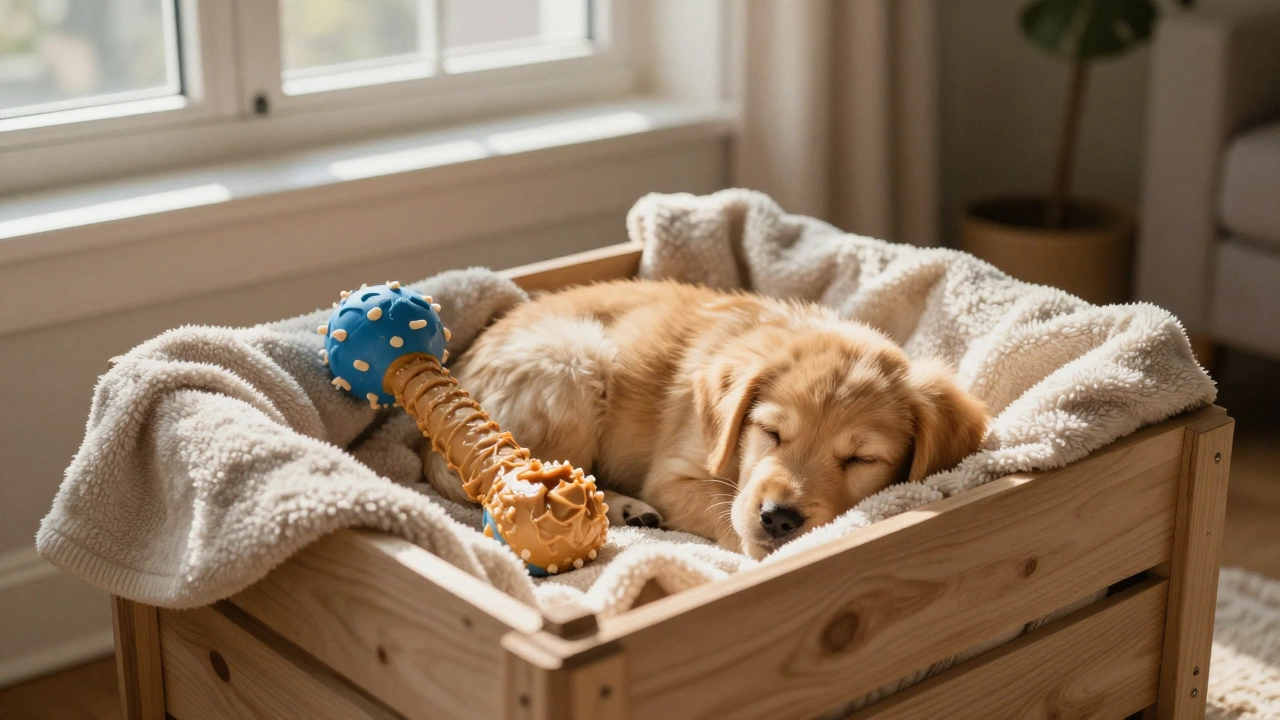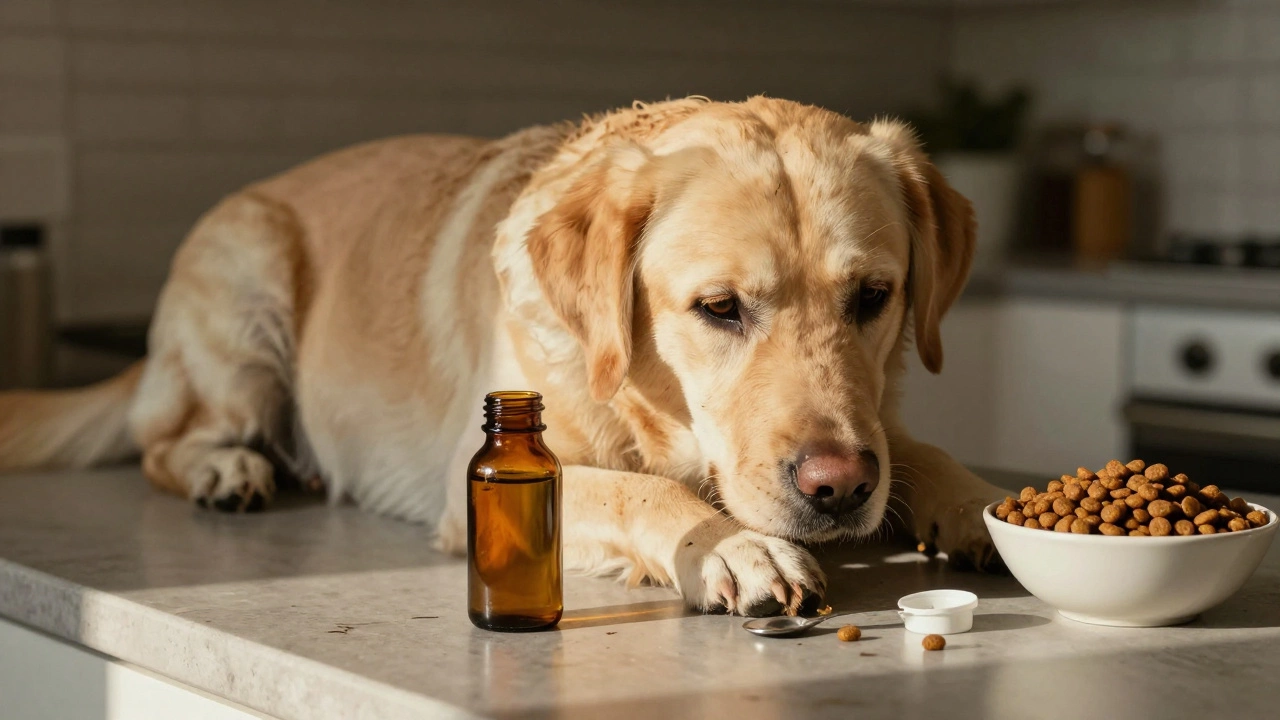Puppy Confinement Selector
Puppy Confinement Selector
Select your situation to get a recommendation for the best confinement option for your 8-week-old puppy.
Bringing home an 8 week old puppy care bundle of energy is thrilling, but the first question that hits most new owners is: where do I keep this tiny explorer when I’m not watching? The answer isn’t one‑size‑fits‑all; it depends on safety, comfort, training goals and the layout of your house. Below you’ll find a step‑by‑step guide that walks you through puppy‑proofing, picking the right confinement, setting up a sleep zone, handling bathroom breaks, and keeping the environment temperature‑friendly. By the end, you’ll know exactly which corner of your home can become a secure base for your new companion.
What Exactly Is an 8‑Week‑Old Puppy?
Puppy is a juvenile dog typically aged between 6 and 12 weeks, still dependent on its mother for social cues and learning basic behaviours. At eight weeks, the puppy has just been weaned, is beginning to explore solid food, and is ready to start house training.
Puppy‑Proofing Your Home
Before you decide on a spot, you need to make the area safe. Puppies chew, climb, and investigate everything within reach. Here’s a quick checklist:
- Secure loose cords and electrical outlets with child‑proof covers.
- Remove toxic plants (e.g., oleander, sago palm) from sight.
- Store cleaning chemicals on high shelves or in locked cabinets.
- Block access to stairways with baby gates.
- Keep small objects (buttons, hair ties) out of reach to prevent choking.
Once the space is puppy‑proofed, you can focus on the confinement method that best matches your lifestyle.
Choosing the Right Confinement
Three popular options dominate the market: a crate, a playpen, or a dedicated puppy pen. Each has pros and cons. Below is a side‑by‑side comparison to help you decide.
| Feature | Crate | Playpen | Puppy Pen |
|---|---|---|---|
| Portability | High - fits in a carrier, can move room‑to‑room | Medium - folds flat but needs space to set up | Low - larger, often stays in one spot |
| Space Inside | Cozy, encourages den‑like feeling | Spacious, lets puppy turn around | Spacious, often includes attached play area |
| Training Aid | Excellent for house‑training and crate‑training | Good for supervised play, less for sleep | Works well for gradual freedom after house‑training |
| Cost | Low to moderate ($30‑$80) | Moderate ($50‑$120) | Higher ($100‑$200) |
| Ease of Cleaning | Easy - removable tray | Easy - mesh flooring | Moderate - larger area to vacuum |
For most first‑time owners, a crate works best for night‑time sleep and early house‑training, while a playpen can double as a safe play zone during the day. If you have a spare room or a large living‑area corner, a puppy pen offers the most freedom once the puppy is reliably potty‑trained.
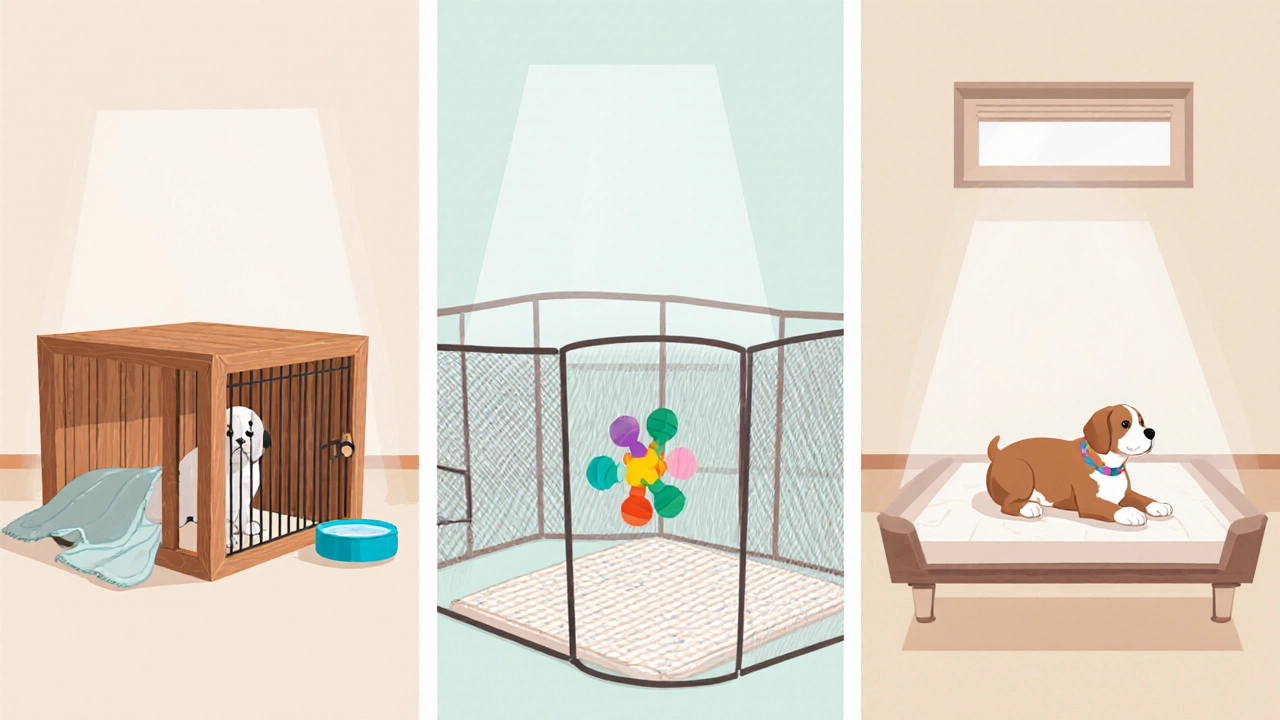
Setting Up a Comfortable Sleeping Area
Wherever you place the confinement, add a soft surface. A dog bed is a cushioned, washable resting platform that supports a puppy’s developing joints
. Choose a low‑profile bed that fits inside the crate or pen, and line it with an extra blanket for extra warmth.Tip: Avoid heavy, high‑stacked beds that can tip over when the puppy jumps in. A simple bolster pillow works wonders for a sense of security.
Managing Bathroom Needs
Puppies at eight weeks can’t hold their bladder for long-usually 30‑45 minutes. A designated potty area helps you keep the house clean while you teach the puppy where to go.
- puppy pad is an absorbent disposable or washable mat used for indoor elimination training. Place it at one end of the confinement zone.
- Take the puppy to the pad first thing in the morning, after meals, and after naps. \n
- Reward with a gentle "good job" and a small treat every successful use.
- Gradually move the pad closer to the kitchen door, then outside to a real yard.
Consistency beats clever tricks; set a timer to remind yourself to check the pad every 30 minutes.
Safety and Temperature Considerations
Young puppies can’t regulate body temperature well. Keep the confinement area away from direct sunlight, drafts, and heating vents.
- If a room feels chilly, add a heated blanket set on low (make sure it’s safe for pets).
- During summer, ensure good airflow but avoid fans blowing directly on the puppy.
- Never leave a heat lamp unattended; it can cause burns.
Also, make sure the crate or pen has enough ventilation. A crate with metal bars or a playpen with mesh walls typically provides the right airflow.
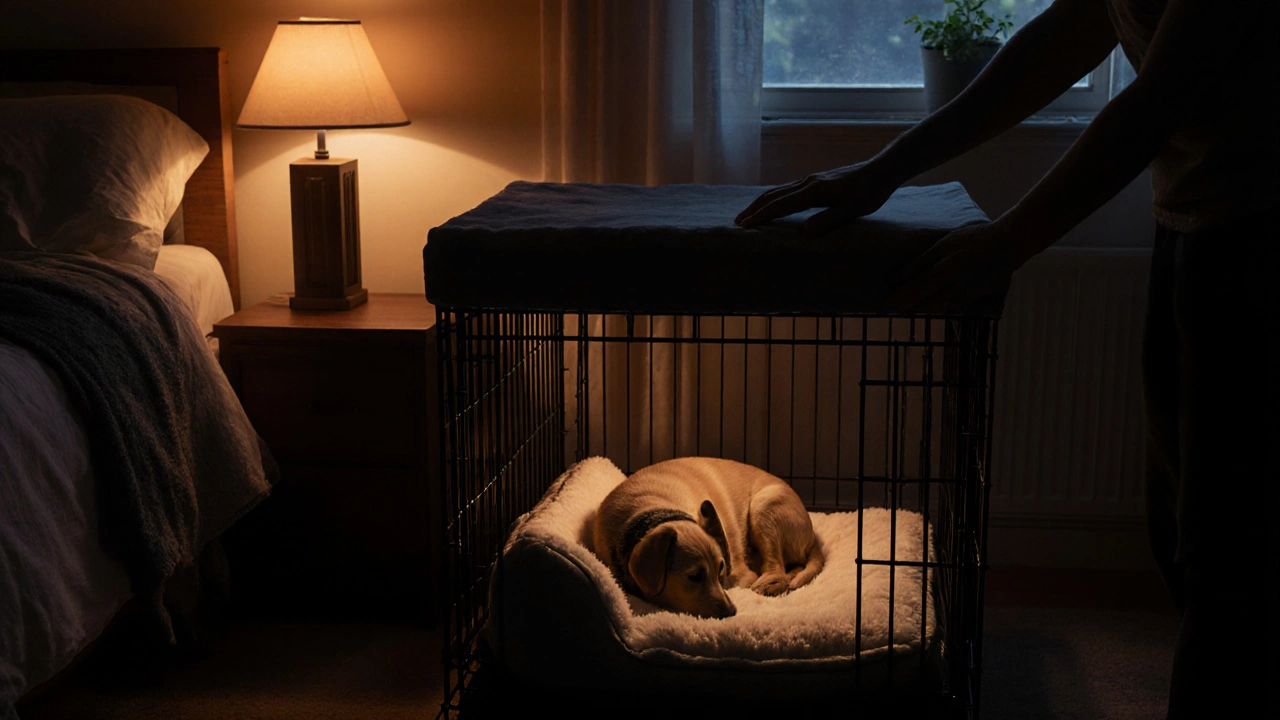
Daily Routine and Supervision
Even with a safe spot, an 8‑week‑old puppy needs regular interaction.
- Morning: Feed, then take to the potty pad. Let the puppy out of the confinement for a short, supervised play session.
- Mid‑day: Offer water, a chew toy, and another potty break. Short nap in the crate.
- Afternoon: Socialise with gentle handling, introduce basic cues (sit, stay).
- Evening: Feed, walk on a leash (if your vet says it’s okay), final potty break, then settle the puppy in the crate for night‑time sleep.
Remember, a puppy’s attention span is brief-five minutes of focused play is plenty. Use this time to introduce a chew toy that is soft, sized for a tiny mouth, and designed to soothe teething discomfort. Rotate toys every few days to keep interest high.
Veterinary Check‑ups and Vaccinations
At eight weeks, the puppy should have received its first set of core vaccinations. Schedule a visit to the veterinarian for a wellness exam, weight check, and to discuss the upcoming vaccine series.
Ask the vet about deworming, flea prevention, and any breed‑specific health concerns. A healthy puppy is a happy puppy, and proper medical care reduces the chance of emergencies while you’re still figuring out the best spot to keep them.
Frequently Asked Questions
Can I leave my 8‑week‑old puppy alone in a crate all day?
No. At this age they need regular bathroom breaks, food, water, and social interaction. A crate is best for short periods (up to 2‑3 hours) and for night‑time sleep.
What size crate should I buy for an 8‑week‑old puppy?
Choose a crate that allows the puppy to stand, turn around, and lie down comfortably. Add a few inches of headroom for growth; most owners upgrade to a larger crate as the dog matures.
Is a playpen safer than a crate for a young puppy?
Both are safe if the area is puppy‑proofed. A playpen offers more space for movement, which can reduce anxiety, but a crate provides a den‑like environment that many puppies find comforting for sleeping.
How often should I clean the puppy pad?
Replace or wash the pad after each accident. Frequent changes keep odors down and prevent the puppy from developing a habit of ignoring the pad.
What temperature is ideal for an 8‑week‑old puppy?
Aim for a room temperature between 68‑72°F (20‑22°C). Use a blanket or a low‑heat pet pad if it gets chilly, and ensure good ventilation during warmer days.

